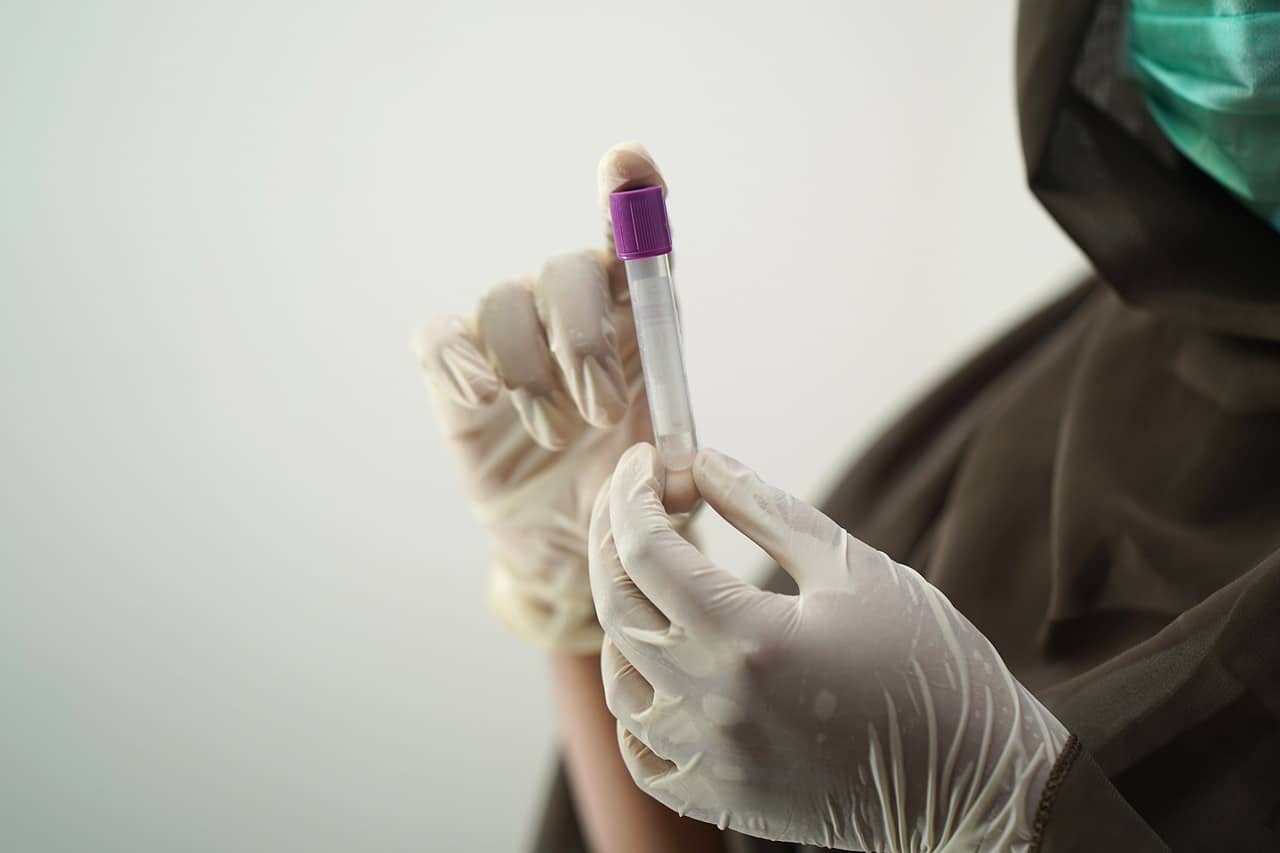Estradiol acts to regulate the menstrual cycle and the development of reproductive organs. Click and find out more!
Estradiol is a steroid hormone vital in the human endocrine system, playing essential roles in various physiological functions. As the main type of estrogen produced by the ovaries in women, this hormone helps regulate the menstrual cycle, influences the development of female reproductive organs, and shapes secondary sexual characteristics.
In men, however, estradiol is found in smaller quantities. Although this is a fact, it is also present in the male body, where it is produced by the conversion of testosterone into estradiol by the aromatase enzyme.
In addition to its important role in reproduction, there is also a gigantic impact in bone, cardiovascular and brain health, among other important functions in both sexes.
What is estradiol?
Estradiol is a steroid hormone that plays a fundamental role in the female reproductive system, being the main type of estrogen produced by the ovaries. It is responsible for regulating the menstrual cycle, the development of female reproductive organs and secondary biological characteristics such as breast growth.
Furthermore, we cannot fail to mention that Estradiol has an impact on several body functions, including bone health, cardiovascular function and brain function. This hormone is produced in greater quantities by women through the ovaries, while men produce it in smaller quantities through the testicles.
Therefore, although estradiol levels are much lower in men compared to women, it is also found in the male body. In men, this hormone plays a role in regulating male sexual function, bone health, and other physiological processes. Therefore, it is important to make it clear that abnormal estradiol levels can have adverse effects on both men and women.
What is the function of estradiol?
In women
As we saw previously, estradiol is produced by the ovaries. Furthermore, this hormone performs several important functions, such as breast growth and bone health. Other functions that can also be mentioned are:
In men
In men, although it appears in smaller quantities, there are also important functions. Are they:
What is the estradiol test like?
The estradiol test, generally carried out using a blood sample, measures the levels of this hormone in the body. Therefore, a blood collection is carried out and the sample is sent for analysis in the laboratory.
About the exam, two questions need to be very clear and need to be mentioned to the doctor who is monitoring you. The first concerns the use of medications that can alter the result, such as contraceptives. Second, women need to pay attention to the day they are going to take the exam, as the result may change depending on the phase of the menstrual cycle.
Therefore, the results can help evaluate ovarian function, diagnose problems related to fertility, monitor hormonal treatments such as hormone replacement therapy in menopausal womenand investigate conditions such as polycystic ovary syndrome.
Stadiol levels
What does high estradiol mean?
Or high estradiol can mean different things to men and women. Therefore, for men it can mean:
- Liver diseases
- Obesity
- Use of anabolic steroids
In women:
- Ovarian tumors
- Ovarian hyperstimulation
- Change in ovarian function
- Incorrect use of medications, such as hormone replacement therapy
What does low estradiol mean?
Just as high estradiol levels can mean different situations for men and women, the same occurs with the low level in both sexes. For men they can be the cause of:
- Genetic changes
- Decrease in testosterone production
- Treatment for prostate cancer
In women, they can be the result of:
- Autoimmune diseases
- Menopause
- Low fat percentage in response to excess exercise
- Chemotherapy or radiotherapy in the pelvic region
- Ovarian dysfunction
- Diseases of ovarian function
So, what did you think of this article? Tell us! Enjoy and read too: Niacinamide: what is it, what is it for and how to use the active ingredient?
Sources: Nav Dasa, Rede São Luiz, Tua Saúde

Sign up for our newsletter and stay up to date with exclusive news
that can transform your routine!
Warning: Undefined array key "title" in /home/storelat/public_html/wp-content/plugins/link-whisper-premium/templates/frontend/related-posts.php on line 12
Warning: Undefined array key "title_tag" in /home/storelat/public_html/wp-content/plugins/link-whisper-premium/templates/frontend/related-posts.php on line 13




